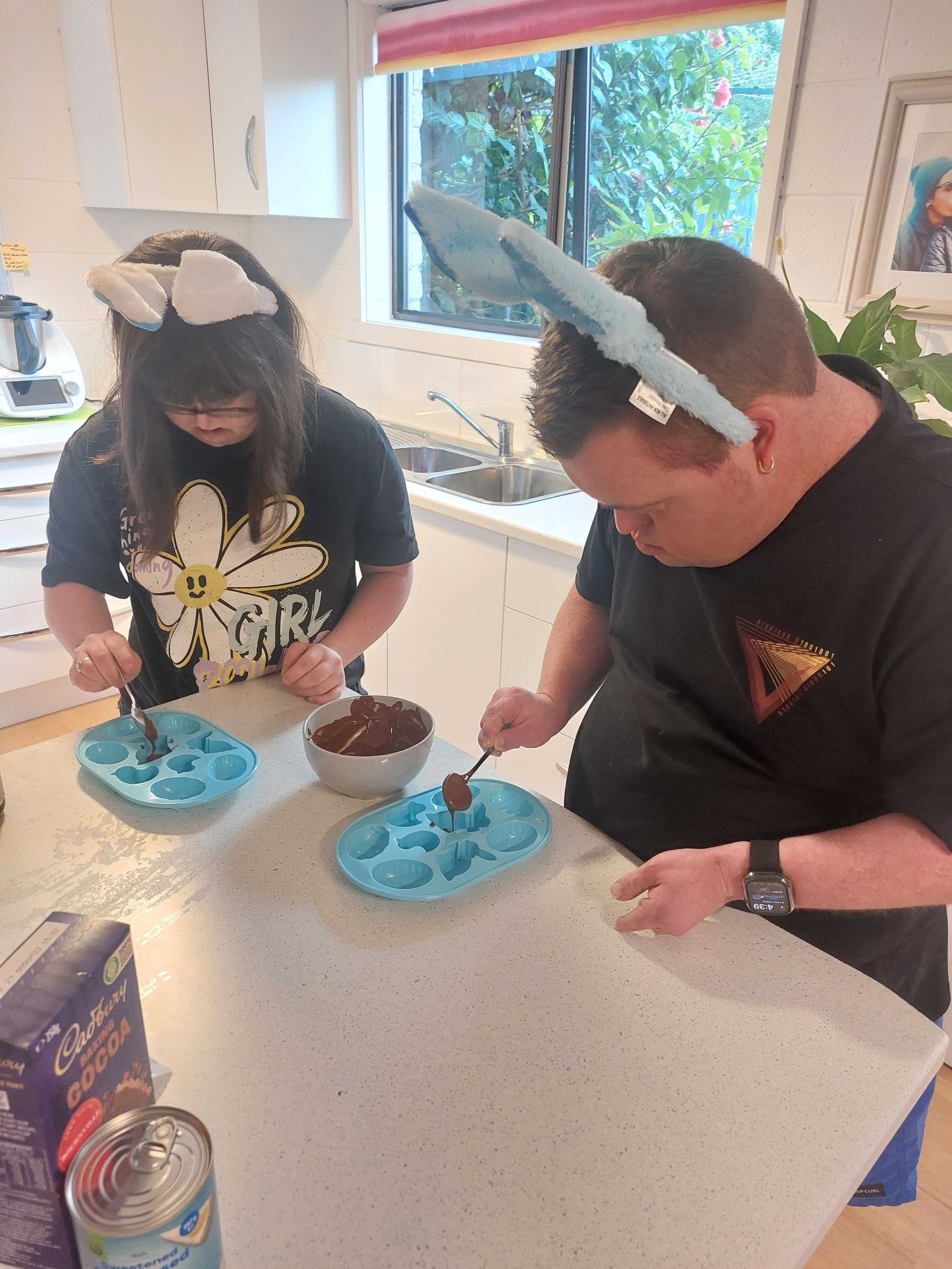
Understanding the Difference
Between Assistance with Daily Living
and Supported Independent Living
When exploring support options under the National Disability Insurance Scheme (NDIS), it’s common to come across two terms that sound similar but serve very different purposes: Assistance with Daily Living (ADL) and Supported Independent Living (SIL). While both relate to support with everyday tasks, they cater to different levels of need and living situations.
In this blog post, we explain what each involves, how they differ, and which one might be right for you or someone you support.
For a different demonstration of the differences, please download the brochure:
What is Assistance with Daily Living (ADL)?
Assistance with Daily Living (ADL) is designed to help people with disability maintain their independence by offering practical support with specific daily tasks. It is one of the most commonly funded core supports in NDIS plans.
Key Features of ADL:
Focus: Support with personal and household tasks.
Goal: Maintain independence and daily functioning.
Frequency: As-needed basis – not necessarily 24/7.
Where it’s delivered: In your own home, family home, or rental space.
Examples of tasks supported:
Showering, grooming, and dressing
Meal preparation and feeding
Cleaning, laundry, and household maintenance
Attending appointments or getting around the community
NDIS Funding: ADL is funded under Core Supports and is flexible to match your lifestyle.
ADL is ideal for participants who need some help with day-to-day activities but can otherwise live independently or with informal supports.
What is Supported Independent Living (SIL)?
Supported Independent Living (SIL) offers a higher level of support and is suited for people with significant or complex needs who require help throughout the day and night. SIL typically takes place in a shared living arrangement or a supported accommodation setting.
Key Features of SIL:
Focus: Ongoing, rostered support in a formal home environment.
Goal: Enable independent living with support from trained staff.
Frequency: Often 24/7, including overnight assistance.
Where it’s delivered: Shared accommodation or a purpose-built home with co-residents and dedicated support staff.
Examples of support provided:
Personal care such as toileting and bathing
Cooking and dietary management
Managing medications and finances
Behavioural support and structured routines
NDIS Funding: SIL is also funded under Core Supports but requires a detailed quote and approval process based on individual needs.
SIL is often chosen by participants who benefit from living in a stable, structured environment with around-the-clock professional support.
Which One is Right For You?
Here are a few questions to guide your choice:
Do you need help with just a few daily activities like showering or cleaning? → ADL might be right for you.
Are you largely independent but need occasional support to stay on track? → ADL fits well.
Do you require round-the-clock support to stay safe and manage your day? → SIL is likely a better option.
Do you prefer living with others in a home that has built-in support services? → SIL could provide the structured support you need.
Get Help Deciding
Choosing between ADL and SIL depends on your support needs, goals, and living situation. Your NDIS planner or support coordinator can help you assess the most suitable supports and ensure your plan aligns with your lifestyle.
For more information, visit the official NDIS website or speak to a registered NDIS provider.
Whether you're looking for help with a few tasks or need structured support every day, the NDIS has options to empower your independence. Understanding the differences between ADL and SIL is the first step toward building a life that works best for you.

